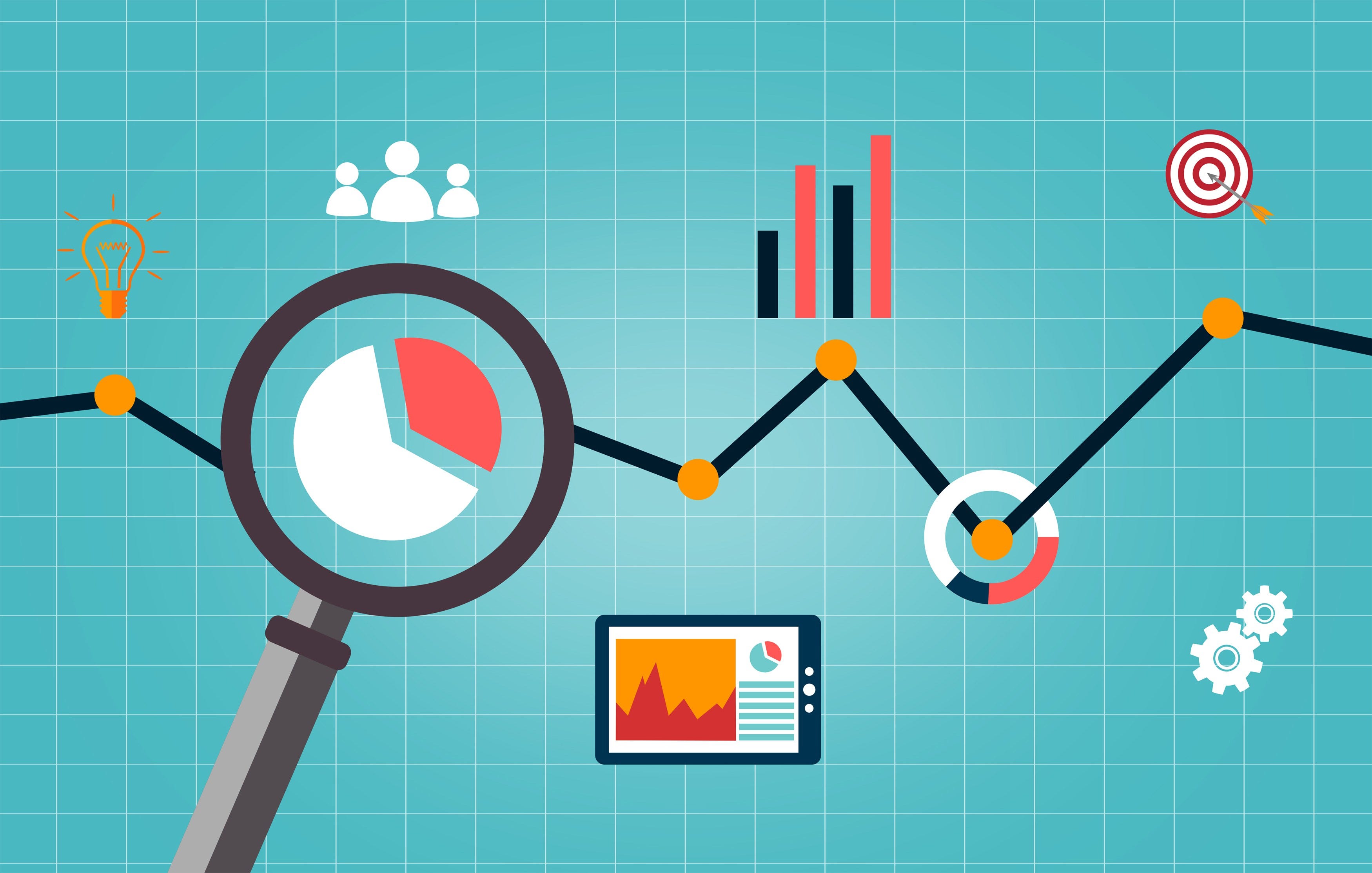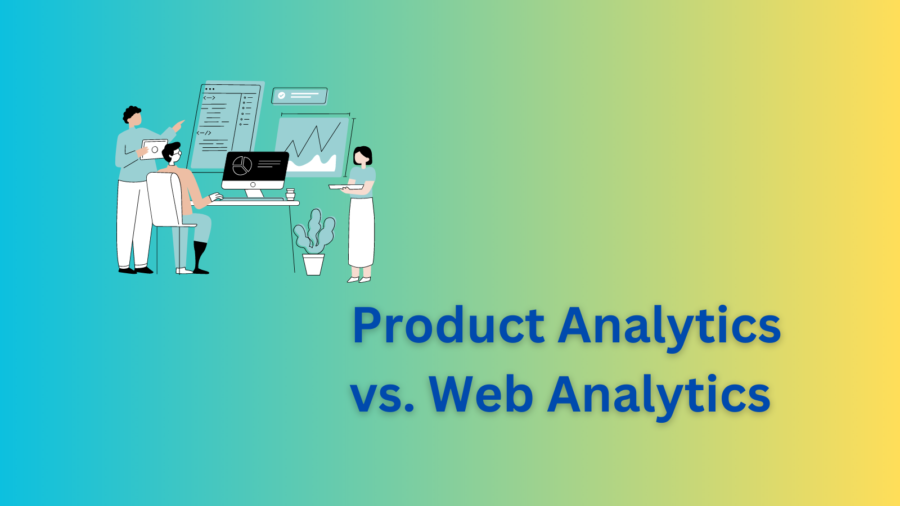Data has become a critical asset for businesses seeking to understand and optimize their online presence. As companies strive to enhance user experiences and drive conversions, two powerful tools emerge: product analytics and web analytics. While these terms might sound similar, they serve distinct purposes and offer unique insights. In this article, we’ll dive into the world of product analytics and web analytics, exploring their differences and benefits and providing real-world examples.
Understanding Product Analytics
Product analytics revolves around measuring, analyzing, and interpreting user behavior within a specific product or application. It delves into how users interact with features, functionalities, and interfaces, aiming to improve the product’s overall performance and user satisfaction. Product analytics is especially valuable for companies offering software, mobile apps, or digital products.
Example
Consider a mobile fitness app that tracks users’ workout routines and progress. Product analytics would track which features users engage with the most, such as tracking workouts, setting goals, or accessing nutritional information. It can also provide insights into user drop-off points, helping developers identify bottlenecks and areas for improvement.
Unpacking Web Analytics
Web analytics, on the other hand, is concerned with analyzing user interactions on websites. It provides insights into website traffic, user behavior, and conversion rates. Businesses can optimize their online presence and drive better engagement by examining page views, bounce rates, click-through rates, and more metrics.
Example
Imagine an e-commerce website that sells clothing. Web analytics would involve analyzing data like the number of visitors to the site, which pages are most frequently visited, and the conversion rates for various products. If a specific product page has a high bounce rate (visitors leaving the page without taking any action), web analytics will highlight this issue, prompting the business to investigate and improve the page’s content or layout.

Key Differences
While product and web analytics deal with user behavior analysis, their focus, scope, and application differ significantly.
Scope and Focus
- Product analytics is concentrated on analyzing user interactions within a specific digital product, such as a mobile app or software platform.
- Web analytics encompasses the broader spectrum of analyzing user interactions with a website.
Granularity
- Product analytics provides more detailed insights into user interactions within a specific product’s features and functionalities.
- Web analytics offers a broader overview of user behavior on a website, often focusing on high-level metrics.
Use Cases
- Product analytics is crucial for improving the user experience and refining the functionality of digital products.
- Web analytics is vital for optimizing website performance, enhancing content, and boosting online conversions.
Application
- Product analytics is commonly employed by software and app development teams to fine-tune user experiences.
- Web analytics is frequently used by marketing and web development teams to refine online strategies.
Benefits of Each Approach
Product and web analytics offer distinct benefits catering to specific business needs.
Benefits of Product Analytics:
- User-Centric Insights: Product analytics provide deep insights into user behavior, allowing businesses to create user-centered products.
- Feature Optimization: Businesses can optimize product functionalities by analyzing user engagement with different features.
- Retention Strategies: Product analytics help identify user drop-off points, enabling the implementation of retention strategies.
- Data-Driven Decisions: Data from product analytics guides decisions on product updates and improvements.
Benefits of Web Analytics:
- Website Optimization: Web analytics enhance website navigation, content, and layout for improved user experiences.
- Conversion Enhancement: Businesses can identify barriers and streamline the conversion process by analyzing conversion funnels.
- Marketing Strategy: Web analytics insights guide digital marketing efforts by identifying effective channels and campaigns.
- Performance Evaluation: Metrics like page load times and bounce rates provide insights into website performance.
Real-World Examples
Let’s explore real-world examples further to illustrate the differences between product and web analytics.
Product Analytics Example
Suppose a team is developing a project management software. Using product analytics, they discovered that a significant number of users struggle with task prioritization. Armed with this insight, the development team revised the user interface to include a more intuitive task prioritization feature. This leads to increased user satisfaction and better task management within the software.
Web Analytics Example
Consider an online fashion retailer analyzing its web analytics data. They observe that a specific product category page has a high bounce rate. By delving deeper, they identify that the page takes too long to load on mobile devices. Armed with this insight, the web development team optimizes the page for faster mobile loading times. As a result, bounce rates decrease, and more visitors explore the products, ultimately boosting conversions.
Conclusion
In the world of data-driven decision-making, both product analytics and web analytics play pivotal roles. While product analytics focuses on optimizing digital product experiences, web analytics is geared toward enhancing website engagement and conversions. Understanding the differences between these two approaches is essential for businesses looking to leverage data effectively and provide exceptional user experiences. By harnessing the power of both product and web analytics, companies can achieve holistic insights that drive growth and success in the digital landscape.


